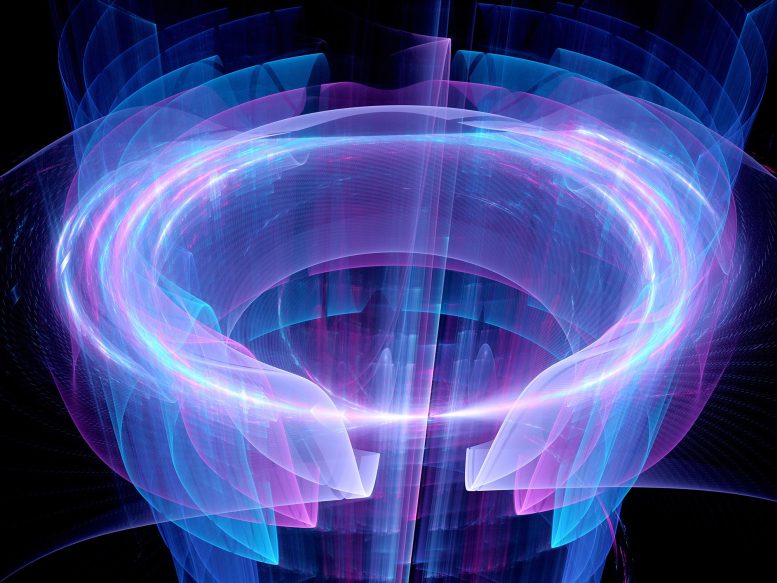
RIKEN physicists have demonstrated a unique quantum state called the quantum anomalous Hall effect in a disk-like device, proving that edge states aren’t necessary for this process. The team demonstrated Laughlin charge pumping in a quantum anomalous Hall insulator using a layered, donut-shaped disk composed of different magnetic topological insulators. This discovery expands the potential for discovering more new electronic phenomena in such materials.
Contrary to expectation, experiments show that edges are not needed to realize an unusual quantum effect.
RIKEN physicists have created an exotic quantum state in a device with a disk-like geometry for the first time, showing that edges are not required. This demonstration opens the way for realizing other novel electronic behavior.
Physics has long moved on from the three classic states of matter: solid, liquid, and gas. A better theoretical understanding of quantum effects in crystals and the development of advanced experimental tools to probe and measure them has revealed a whole host of exotic states of matter.
A prominent example of this is the topological insulator: a kind of crystalline solid that exhibits wildly different properties on its surfaces than in the rest of the material. The best-known manifestation of this is that topological insulators conduct electricity on their surfaces but are insulating in their interiors.
Another manifestation is the so-called ‘quantum anomalous Hall effect’.
Known for over a century, the conventional Hall effect arises when an electric current flowing through a conductor is deflected from a straight line by a magnetic field applied at right angles to the current. This deflection produces a voltage across the conductor (and a corresponding electrical resistance).
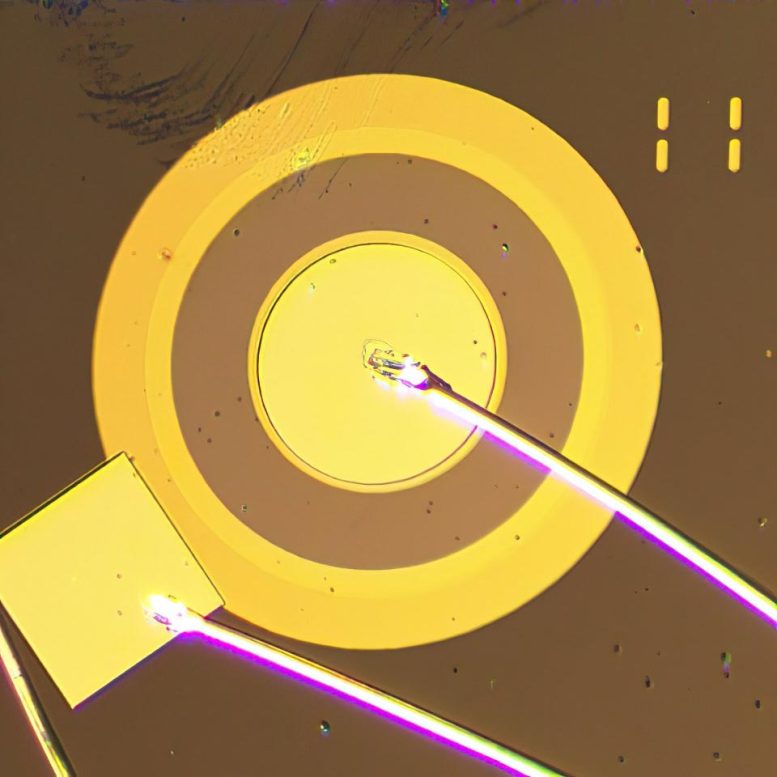
Figure 1: The donut-like structure of the device used in experiments demonstrating Laughlin charge pumping in an edge-free device. Credit: © 2023 RIKEN Center for Emergent Matter Science
In some magnetic materials, this phenomenon can arise even when a magnetic field is not applied, which is called the anomalous Hall effect.
“The anomalous Hall resistance can become very large in topological insulators,” explains Minoru Kawamura of the RIKEN Center for Emergent Matter Science. “At low temperatures, the anomalous Hall resistance increases and reaches a fundamental value, while the resistance along the current direction becomes zero.” This is the quantum anomalous Hall effect, and it was first observed in the lab nearly a decade ago.
Now, Kawamura and his colleagues have demonstrated an effect known as Laughlin charge pumping in a quantum anomalous Hall insulator.
The team fabricated a donut-shaped disk made of layers of different magnetic topological insulators (Fig. 1). They then measured how the electric current through the device responded to an alternating magnetic field generated by metal electrodes on the inner and outer curves of the donut.
The researchers observed that this field led to electric charge accumulating at the ends of the cylinder. This is Laughlin charge pumping.
Previous demonstrations of quantum anomalous Hall insulators used rectangular devices that included edges connecting the electrodes. And it was thought that electronic states in these edges were crucial for supporting the quantum anomalous Hall insulator.
But the team’s finding overturns this assumption. “Our demonstration of Laughlin charge pumping in a quantum anomalous Hall insulator uses a disk-shaped device without edge channels connecting the two electrodes,” says Kawamura. “Our result raises the possibility that other exciting electronic phenomena can be realized in quantum anomalous Hall materials.”
Reference: “Laughlin charge pumping in a quantum anomalous Hall insulator” by Minoru Kawamura, Masataka Mogi, Ryutaro Yoshimi, Takahiro Morimoto, Kei S. Takahashi, Atsushi Tsukazaki, Naoto Nagaosa, Masashi Kawasaki and Yoshinori Tokura, 19 January 2023, Nature Physics.
DOI: 10.1038/s41567-022-01888-2

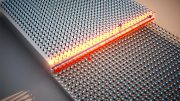
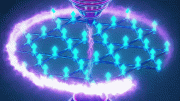
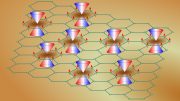
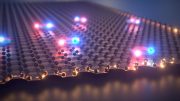
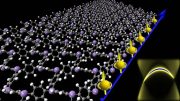
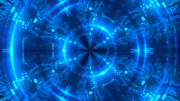
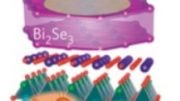
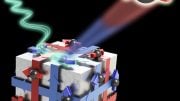
According to the topological vortex gravitational field theory, quantum gravity originates from the topological vortex gravitational field.